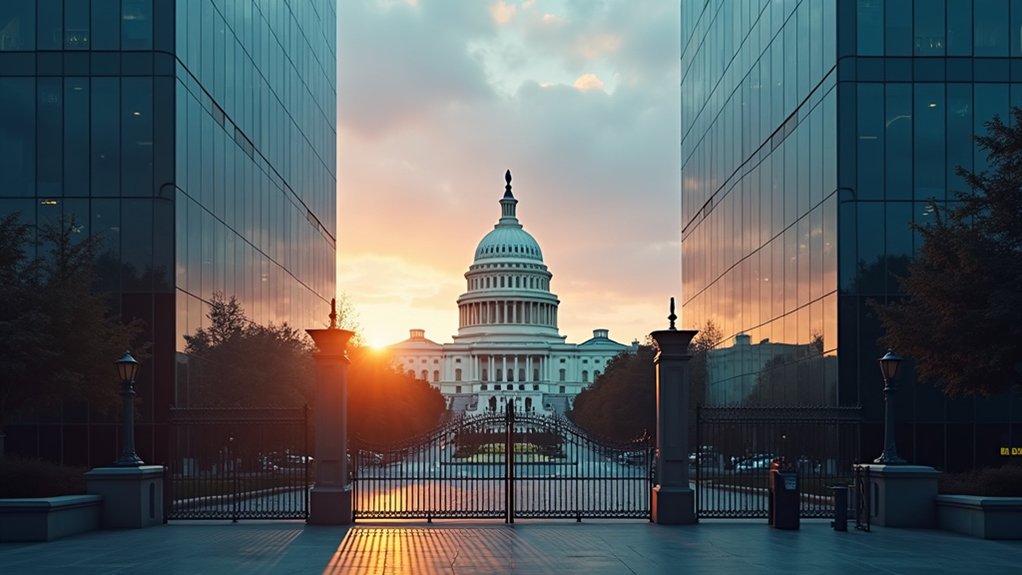The Bank of America CEO’s recent revelation about the institution’s thorough exploration into dollar-pegged stablecoins disrupts the complacent narrative surrounding traditional finance’s supposed resistance to innovation, exposing an industry scrambling to retrofit blockchain technologies it once dismissed, while conveniently awaiting regulatory green lights that conveniently align with entrenched interests rather than consumer empowerment. This admission, far from a mere strategic pivot, underscores a reluctant acknowledgment that blockchain adoption is no longer optional but imperative, even as the labyrinthine maze of cryptocurrency regulation remains a convenient alibi for inertia. Bank of America’s cautious approach, heavily reliant on deciphering client demand and ensuring regulatory compliance, reveals a sector more focused on preserving existing power structures than pioneering genuine disruption. The bank is actively planning partnerships with established industry players as part of its stablecoin strategy. These developments highlight how traditional banks are beginning to recognize the value of digital asset ecosystems in reshaping financial services.
Stablecoins, designed to anchor cryptocurrency volatility to stable assets like the US dollar, have surged to a staggering $257 billion market valuation by mid-2025, a fact that traditional banks can no longer ignore without risking obsolescence. Yet, Bank of America’s emphasis on partnerships with established players signals a preference for outsourcing innovation rather than cultivating in-house expertise, betraying a pervasive hesitancy cloaked in regulatory prudence. The CEO’s insistence on aligned market infrastructure before launching a stablecoin further illustrates a desire for a sanitized, risk-averse environment that stifles the very agility blockchain promises. Bank of America has also made clear that it is taking a measured approach to gauge real client interest before any rollout.
While competitors such as Citigroup and JP Morgan Chase also tread cautiously, the overarching narrative remains clear: legacy banks are not leading the charge but trailing behind a market shaped by nimble, crypto-native entities like Tether. The slow march toward embracing stablecoins, hindered by regulatory ambiguity and risk aversion, starkly contrasts with the revolutionary potential these digital currencies hold to streamline payments and democratize financial access—if only incumbents dared to prioritize innovation over preservation.









